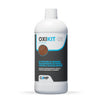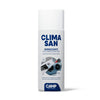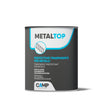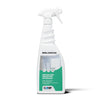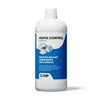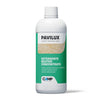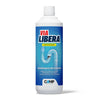Conservation of stone materials: deterioration and solutions
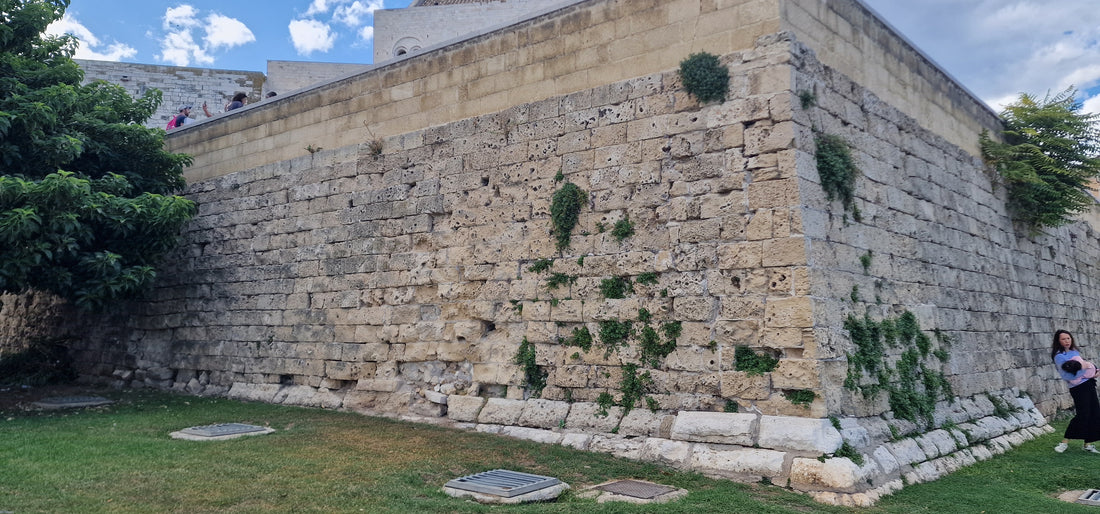
Since ancient times, stone materials such as marble, granite, limestone, and sandstone have been used in construction, architecture, and fabrication. Alongside these natural materials, there are artificial and composite materials, such as terracotta and concrete, which add further combinations of aesthetics and functionality.
The choice of these materials depends not only on aesthetic factors but also on their local availability and chemical, physical, and mechanical properties, which determine their durability and versatility.
The deterioration of stone materials
Stone materials, while durable, are vulnerable to deterioration. In fact, they undergo changes over time due to their interaction with their surroundings, such as exposure to extreme temperatures, weathering, pollution, and moisture. If neglected, deterioration can compromise both the structural integrity and appearance of surfaces, with long-term consequences. It is important to know the factors of deterioration and solutions to preserve your home or building.
- Alteration: changes that do not necessarily compromise material properties.
- Degradation: deterioration that worsens material properties.
The 4 main mechanisms of degradation
Physical degradation: decay of the structure without alteration of its chemical composition, due to thermal changes, freeze-thaw cycles, or formation of salt crystals within the material itself.
Chemical degradation: a process involving a change in the chemical-mineralogical composition of the material, caused by chemical reactions with external agents (hydration, hydrolysis, dissolution, carbonation, oxidation, etc.).
Biological degradation: colonization by microorganisms, algae, fungi, weeds or volatile plants.
Human-induced degradation: damage to the material caused by humans, such as vandalism, incorrect structural interventions, or inappropriate conservation treatments.
The different phenomena can also act simultaneously and, often, synergistically.
It should be emphasized that the deterioration of stone materials is an unstoppable and irreversible process, which is why in order to preserve their integrity and aesthetics, it is essential to provide appropriate conservation treatments.
The most common manifestations of decay
a) Alveolization: formation of cavities in varying shapes and sizes. Often induces disintegration/pulverization of material.
b) Erosion: loss of material and/or surface texture due to mechanical, chemical or biological processes.
c) Color alteration: change in surface color that may affect large or localized areas. Absorption of water and pollutants can cause stains that are difficult to remove.
d) Efflorescence: formation of substances, often saline in nature, usually whitish in color and with a crystalline, powdery or filamentous appearance, which form on the surface of the material.
e) Rising face: limit of water migration, which rises by capillary action in masonry and is manifested by the formation of efflorescence and/or loss of material. It is generally accompanied by color changes in the underlying area.
(f) Fissures: formation of discontinuities in the material due to various phenomena, such as freeze-thaw cycles.
g) Biological colonization: visible presence of algae, fungi, mosses or plants.
h)Graffiti vandalism: unwanted marks on the surface of the material.

Although degradation of stone materials is inevitable and irreversible, its speed and impact can be managed with suitable conservation treatments. These treatments help maintain the integrity and aesthetics of the materials while protecting them from external agents.
Camp is committed to developing innovative solutions for the protection of stone materials, ensuring effective, safe and durable treatments. Camp products are designed to preserve the appearance and functionality of floors, walls and other surfaces over time.
Prevention is the key to avoiding irreparable damage-don't wait for degradation to advance in your home or building.
[product=hydro-pro-eco-universal-water-based-water repellent]
Water-based, colorless, impregnating repellent with high penetrating, consolidating and dustproofing power.
[/product]
[product=hydro-pro-eco-tufo-and-stone-leccese-hydrophobic-repellent-for-tufo-and-porous-stones-water-based]
Aqueous solution impregnating, colorless, long-lasting, high-penetrating, dust-proofing and anti-dirt repellent, suitable for the protection of natural stones.
[/product]
[product=hydro-pro-eco-brick-and-cement-water-based water-repellent]
Water-based, high-penetrating, colorless, long-lasting, water-repellent impregnating emulsion for absorbent mineral building materials.
[/product]



